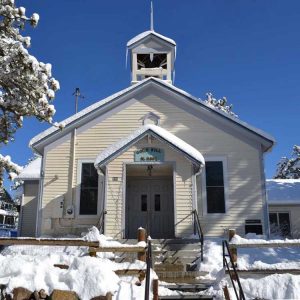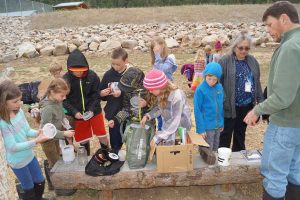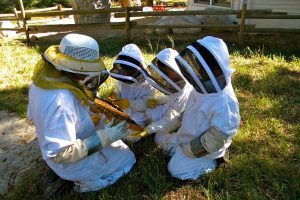Jamestown and Gold Hill: Boulder County Mountain Schools
30 Aug 2017
Focus on families and the environment in Jamestown and Gold Hill
By Haley Gray On a sunny afternoon, Christine Maedke stands at the front of her classroom, sorting her 10 students into groups before sending them running outside. The pupils settle into distinct huddles on the patio, hunched over what appear to be miniature solar-panel kits. “Do we have D batteries?” one child asks. “It’s solar—you don’t need them!” another calls back. Maedke hasn’t told her students how the kits work; she’s asked them to figure it out and tell her. “It’s all about social learning,” she says. “People learn from each other in groups.” For this particular task, she has quietly organized her students according to their ability levels. Each group might include kids from grades three, four or five, but she has matched them according to which kids are most likely to aid one another’s growth as scientific thinkers. “Grade levels are really fairly arbitrary,” says Maedke, explaining that Gold Hill teachers try to support students by incrementally expanding what they’re capable of doing, pushing each student forward without teaching too far above their current developmental level. Because her class spans three grades, kids can easily swing up or down the difficulty levels on a subject-specific basis. More often than not, they swing up.
Getting Little Hands Dirty
After the 2013 floods, Jamestown’s entire student body was tasked with repairing a riparian area ravaged by the deluge. The kids tended the soil along the banks of James Creek and planted more than 600 native seedlings. The project has instilled a sense of environmental stewardship in the students—it’s still an informal focus for the school—and serves as a jumping-off point into core subjects like life sciences, math and writing.

Haley Gray is a Boulder-based freelance writer. A former Brock Media staffer, she has also contributed to Roads and Kingdoms, 5280 and the Albuquerque Journal.












